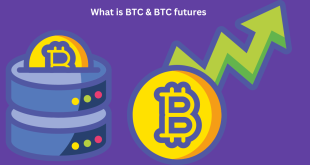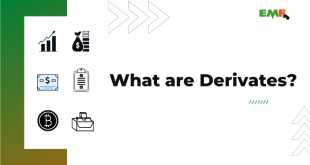To begin with, we have to take in our mind that, “Why do we actually need to stop loss and take profit instead”.
It’s Now or Never – LiteFinance 2022
Giveaway – Win iPhone 13 Pro Max
And why we verily need protective orders regarding so many trading strategies.
The article reveals the hack to move taking profit to closer and push stop to loss further. It also reveals the way to stop doing it easily.
Hello Folks!
Let me guess, you are not a newbie in forex trading. You may have tried a number of forex trading strategies, that “don’t suit you”. Besides, you may feel that you put a stop loss and a take profit “somehow wrong” or “somewhere at a wrong place”.
If you have been trading for over a year, you are likely to have read about stop losses and take profits in books about trading and watched topical videos, as well as about calculating the stop loss and take profit levels.
In this case, you are probably grinning now, expecting another tedious article about “stops above the high/below the low, take profit order is at a distance, not less than 2/1 of the stop level…” But still, you might hope that this article could “surprise” you, with something “fresh, not so trite” and maybe a kind of more reasonable…
I must confess, I understand all those feelings. And so, I hope I won’t disappoint you.
Well, let’s get down to business.
1) Stop Loss and Take Profit. Why are they so irritating?
Most books and articles on trading describe a stop loss and prevent from losing money, along with a trailing stop, as a limit order that “limits your losses”. And everybody is reading this and nodding in approval that “yes-yes, to limit losses, it is good, I agree, I understand everything, this sounds reasonable…”
But in practice, nobody limits the losses.
Because there is no point, as you can expect until “the price reverses”. Besides, “I’m not a coward, I’m not afraid of a tiny loss, I am rather brave and can hold on a greater loss”. Or “What if I limit and the price will immediately reverse…?” Am I right? :). So, everything is against setting a stop-loss order.
Take profit is presented as something nobody knows what. “Taking profits or Profit target”. Why do you need to specify the price at which the position is to be closed if the profit can be higher and you expect to receive a large volume of return?
It is usually recommended to “set a take profit in initial
stages at 2/1 or 3/1 compared to the stop loss value”.
And again “yes-yes, it is not bad for a beginning, I agree, I will put a take profit at this distance, and I will see next…” And few admit to themselves that it is not clear why the proportion is like that.
Why should it be exactly so? A trader reads these recommendations, next, the price fails to reach this level, and he/she asks “but why should the take profit set at such a distance?
Maybe I’m doing something wrong, so, the price does not reach the take profit?” Or, on the contrary, the take profit was hit, but the price continued flying “in the needed direction”, and the trader regrets, “I shouldn’t have limited the profit, I should have been holding the trade higher, I did know…”
As a result. “I’d rather wait for” + “why is the take profit at this level”= bye-bye, my risk management, even if you trade the right position size. Sooner or later, the trader will anyway stop following these SOMEONE ELSE’S unclear rules.

“But, what is the solution then?” The solution is in the right understanding of trading in general and stop loss and take profit in particular.
The matter is that the messages of “limiting the loss” and “fixing the profit” are originally wrong, so, the trader’s reaction is also wrong.
2. Why do we need to stop loss and a take profit?
“Oh, I do know what they are for…” You don’t know. In fact, few forex traders understand the real purpose of stop loss and take profit.
The difficulty is that at the initial stage, the trader does not understand the essence of trading. It seems to us that we need to somehow learn to understand where the price will go. As soon as this thought arises, we see the market as an enemy.
If your purpose is not to let the market fool you, you will see a stop loss hit as the market’s victory over you. And when the price reverses next, then the trader feels as if he/she was taking part in fooling himself 🙂
The same is with a take profit. If it is hit and the price is moving on, it is seen as a hint that the trader is stupid and cowardly.
A kind of “got scared to hold on longer”. It is also seen as your
defeat to the market that “didn’t let you earn more”.
And now, let us imagine that we no longer try to decipher “market’s signals” about where it is going to move. I mean we now look at the chart and think, “Although I see trends/flats/patterns here, I still do not know where the price will go, and I do not care”.
In fact, we can’t know this (the reasons are described in detail in my other articles, I won’t repeat myself).
So, with this approach, we stop thinking that the market must behave in a particular way (“if highs are getting higher, the price MUST go up). We do not think anymore that, if the price chart draws a particular pattern, it MUST go somewhere. Otherwise, it will hurt us, not meeting OUR expectations.
If at any moment, there can be either a positive or negative scenario, one should enter a trade so that:
-
make enough profit in a positive scenario
-
avoid big loss in a negative scenario
If you walk by these footsteps, you will be able to close positions with a small loss when the “expected” scenario fails to work out. And you will make a sufficient profit when the expected scenario works out.
 Earn Money Forex Best Forex Trading Experience
Earn Money Forex Best Forex Trading Experience








